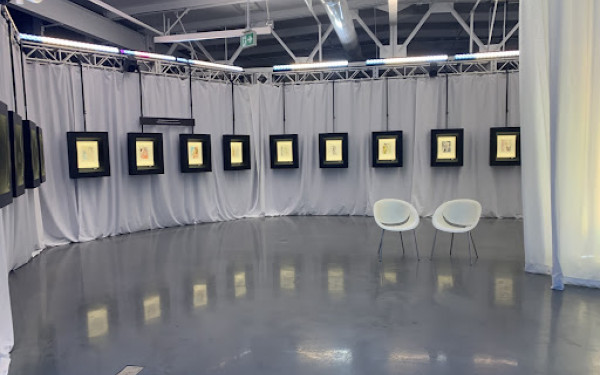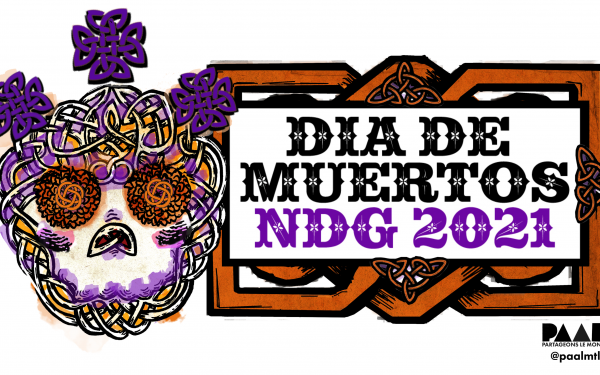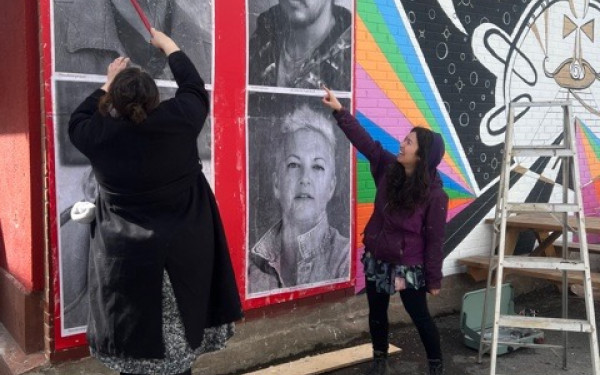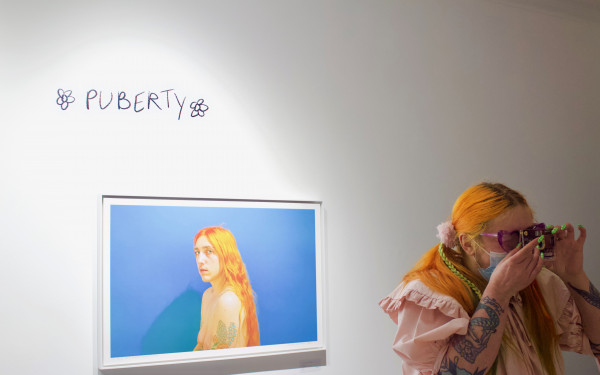Photography exhibition looks to accurately rewrite history
‘Between Past & Present’ amplifies the voices of the city’s marginalized communities
The exhibition Between Past & Present opened its doors on the first night of the city’s 19th edition of Nuit Blanche, on Feb. 26, 2022.
The project was brought to life by Je suis Montréal, a Montreal-based organization that strives to “challenge the concept of inclusion and assert the importance of belonging for real sustainable change,” as indicated on their webpage.
The first day of the exhibition was anticipated by many. Through the windows, pedestrians stopped to look at the immense photographs hanging on the walls of the room.
As the audience walked through the space, their glances were invited to observe the photographs taken by Bliss Mutanda. The shots were placed chronologically, each with a piece of history sharing the reality of Black, Indigenous, and Chinese communities that were and continue to be discriminated against by European colonizers since the seventeenth century.
“History is written by the winners,” said Taïna Mueth, co-founder of Je suis Montréal and Associate Professor at Concordia University’s Simone de Beauvoir Institute. In her opening speech, she explained how even though she and her colleagues at the organization are immigrants or children of immigrants born in Montreal, they do not align with the prevalent definitions of Montreal and Quebecois identity.
“History is written by the winners.” — Taïna Mueth
The exhibition was launched with a bilingual panel composed of four speakers, each with their own unique experience facing racism and exclusion. Panelist Samuel Rainville, Pessamit Innu and First Nation relations advisor at the Université de Montréal, said he couldn’t believe the way that First Nations communities are depicted in Quebec’s history curriculum. “I was totally embarrassed, I couldn’t wait for the class to be over,” he said about his classes as a kid. To him, erasure has become part of their identity.
“You don’t really know where you come from, so it’s hard to know where to go,” said Ravy Puth, another panelist at the exhibition. She is working as an illustrator while also completing her master’s at Concordia University about “illustrations as tactics for Cambodian-Canadian trauma healing,” as stated by the exhibition. She discussed the relationship between assimilation and erasure, explaining that as a community gets increasingly assimilated, the merging of the cultures makes it difficult to perceive who gets to erase who.
Panelist Marlihan Lopez, a Black feminist community organizer, shared her perspective on proximity to whiteness.
Lopez has experience doing coalition work with members of other communities. She noted that, when given the opportunity to access capital and privilege, communities benefiting from a certain proximity to whiteness will bank on this proximity.
She believes one of the consequences of taking advantage of proximity to whiteness deepens the mistrust between different marginalized communities. Lopez explained that, as a result, people will be more likely to organize within their own communities.
Dina Husseini, who graduated from Université de Montréal with a master’s in political science, warned the audience not to fall into an “Olympics of suffering.” She reminded the public that the fight against discrimination of marginalized communities is not individual, but rather collective.
“Having a space like this one, having the privilege to talk, doesn’t mean that we won,” Husseini said. “It means that we need more people like you and I that have access to these spaces where words can create that change.”
Between Past & Present will remain open until March 4, 2022. Je suis Montréal has more projects to come, with the intention of opening the discussion between marginalized groups in our society. The group hopes to represent the cultures erased from Montreal and Quebec dominant narrative and to create a sense of belonging for those who have yet to “take their rightful place in Montreal’s civic and political life,” as stated on their webpage. Ultimately, Je suis Montréal believes that this change can only occur via education and open-mindedness.
This article has been modified since its original publishing date to more accurately represent the sentiments of those quoted.

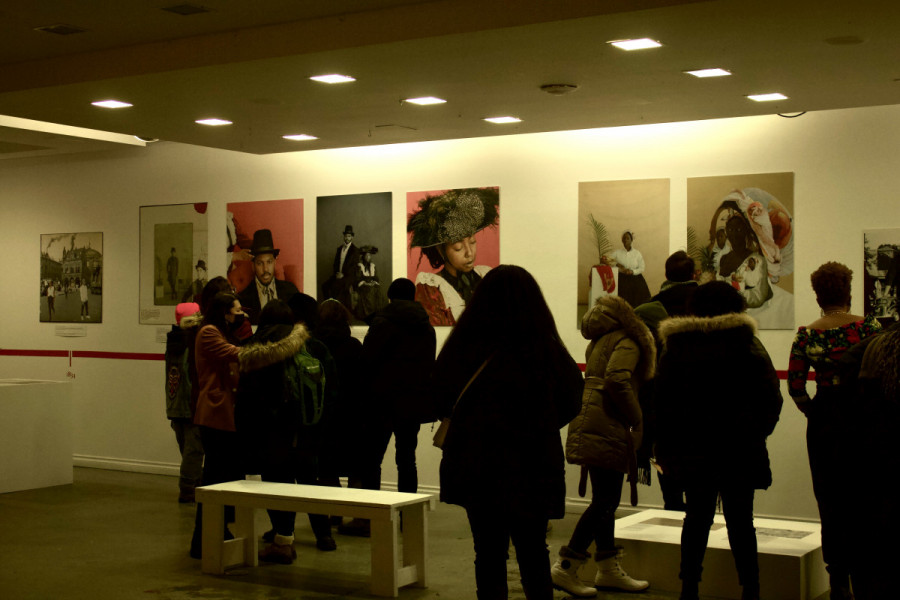
_600_832_s.png)

